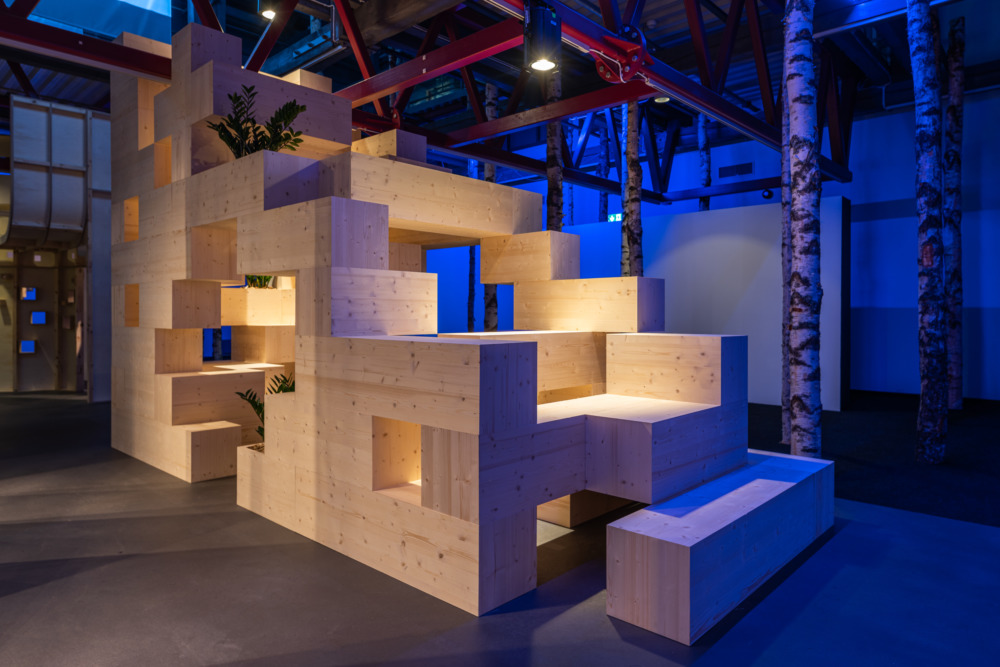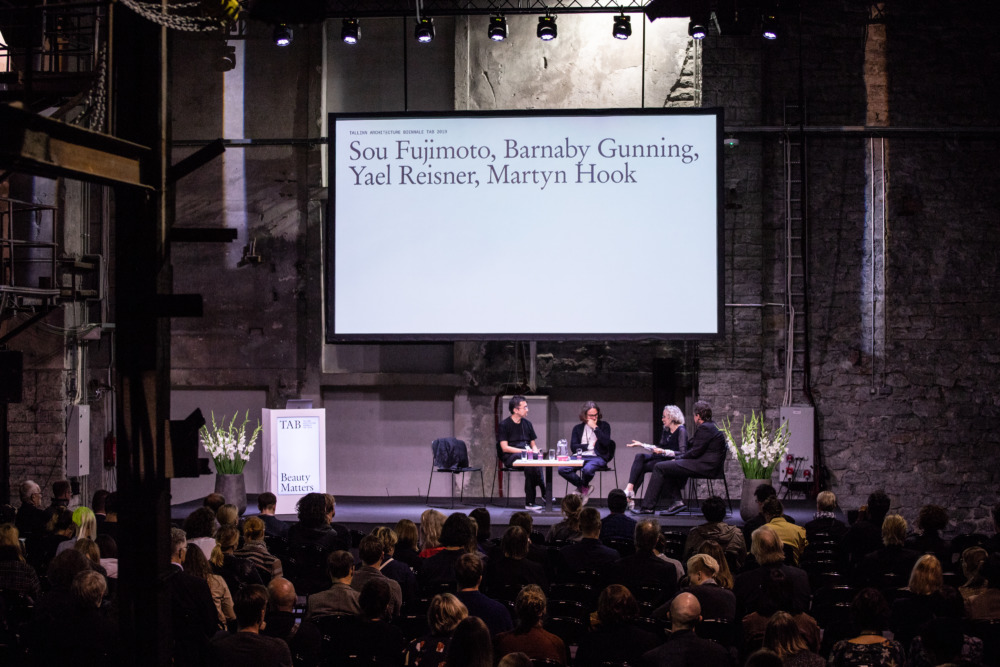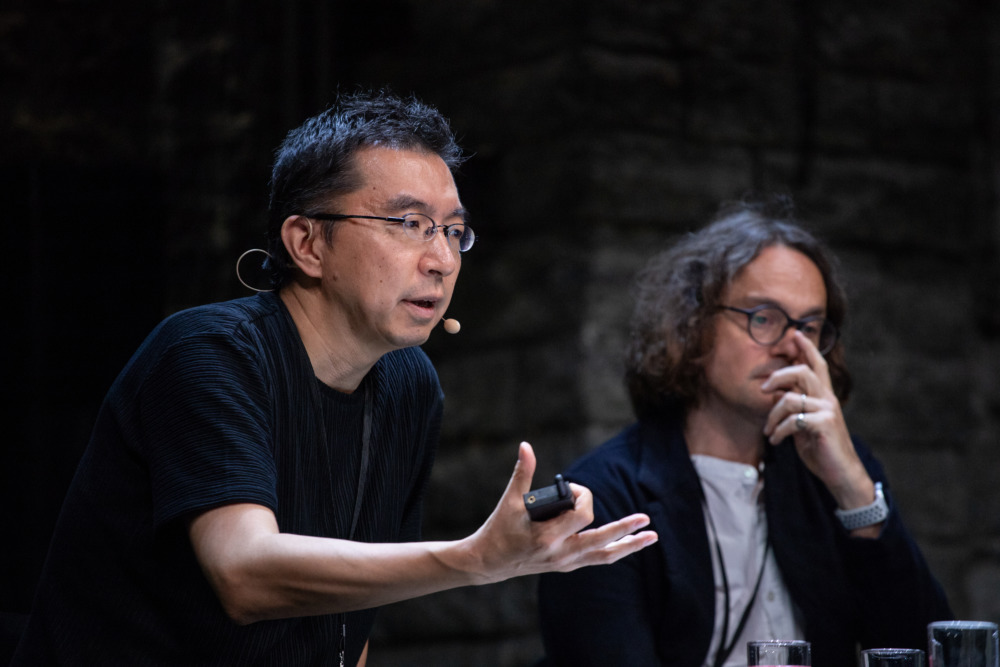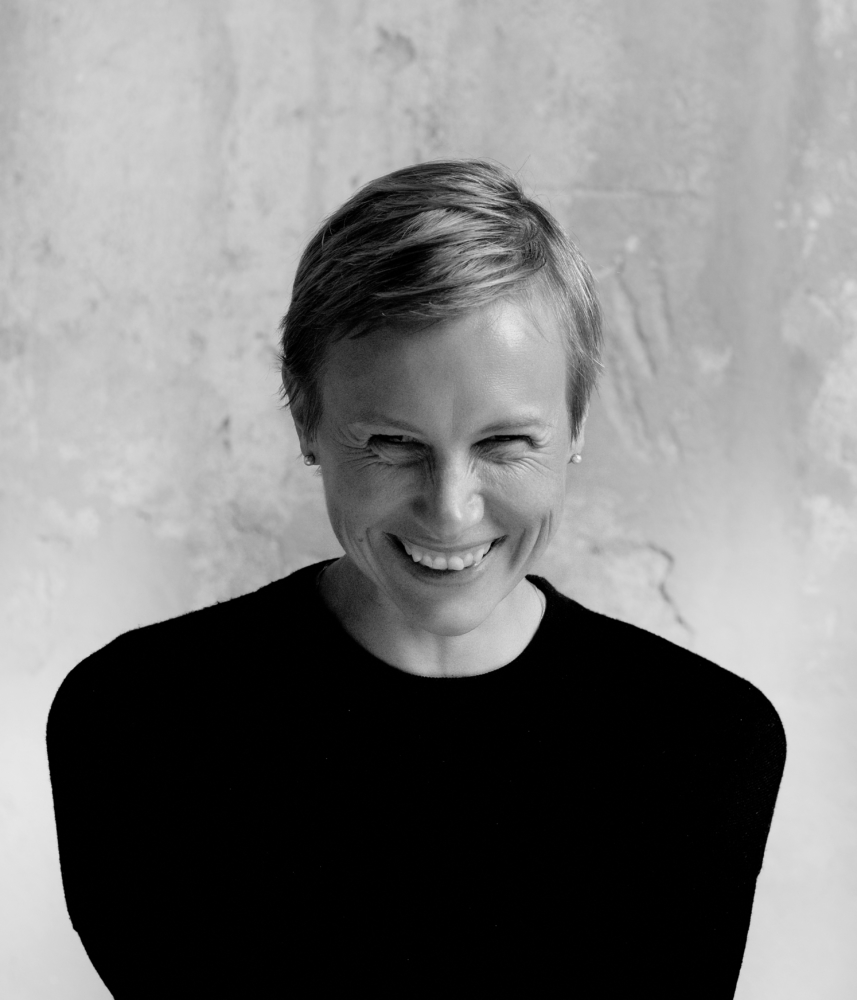Column
ColumnImprovised spaces by Sou Fujimoto
Tallinn Architecture Biennale (TAB) is an international architecture and urban planning festival with a diverse programme organised by Estonian Centre for Architecture. The Biennale offers a platform for the discussion of complex topics at different levels.
It was an honor and a mission for Estonian Centre for Architecture and to bring important scholars and leading architects to Tallinn to present their work at the TAB 2019. We are proud to present the work of architect Sousuke Fujimoto at the Tallinn Architecture Biennale among others.
The curatorial topic “Beauty Matters” was selected from the international open call and was curated by Dr. Yael Reisner. One of the main events at the programme of TAB is the Curatorial Exhibition, which aims to elevate the status of beauty in response to alienating and ecologically unfit built environments. The Head Curator Dr. Yael Reisner invited ten architects to take part of the Curatorial Exhibition that was held in the Great Hall of the Rotermann Salt Storage, now housing the Museum of Estonian Architecture. Designed exclusively for the exhibition, installation projects focused on the main topic through the lens of habitation.
 “Open Cave” by Sou Fujimoto
“Open Cave” by Sou Fujimoto
©Tõnu Tunnel, Estonian Center for Architecture
The eight large-scale spatial installations were: The Open Cave by Sou Fujimoto Architects (JP); Augmented Nature by Elena Manferdini (USA); The Venn Room by Space Popular (UK); Tick by KTA (EST); Beauty-Ful(l) Life by Kadri Kerge (EST, USA); Temporal Environment by soma (AT); TRANSOCCUPATION by March Studio (AU); and Growing Cities by Barnaby Gunning Studio & Yael Reisner Studio (UK).
Installation “The Open Cave” by Sou Fujimoto Architects (SFA) is a habitation unit which represents a new but primitive house. SFA’s installation is establishing a new connections between inside and outside – the floor becomes wall, the wall becomes ceiling, the ceiling becomes furniture, the furniture becomes architecture and architecture becomes landscape. Consequently, the open cave has no specific predefined area. The installation was built using Estonian timber and with the collaboration of the factory. The result was an open structure that was built using timber bocks. The installation received wide interest in media and was one of the most attractive works for visitors.
In addition to the installations, Paula Strunden’s VR Experience “Talking Trees of Tallinn” (in collaboration with Dr. Yael Reisner) is a location-based, mixed-reality display inviting the viewer to interact with six projects out of eight exhibited at the curatorial exhibition. Visitors had thus the possibility to immerse in the Open Cave by Sou Fujimoto Architects, Transoccupation by March Studio, Beauty-Ful(l) Life by Kadri Kerge, Growing Habitats by Yael Reisner and Barnaby Gunning, Temporal Environment by soma architecture, and the Utopian Tick by KTA. Six mixed-reality peepholes triggered by “tactile objects” give virtual entry to six imaginary habitations and invite the viewer to engage with a new form of embodied architecture.
We held five exhibition tours at the Curatorial Exhibition, where the Curator Assistant Liina Soosaar introduced the exhibition and the installations. Visitors had a possibility to ask questions and hear behind the scenes stories.
Recognising that beauty cannot be reduced to simple concepts, the Head Curator treats it as a plurality with the two-day Symposium — Beauty Matters. Just like Love, It’s Real, taking place in the unique industrial setting of Tallinn Creative Hub Kultuurikatel. The Symposium’s 17 speakers formed different interdisciplinary panels to discuss why beauty matters today and to reflect on new buds of beauty in architecture. In addition to the eight Beauty Matters exhibitors, the list of guests included the philosopher Graham Harman (USA), the poetess Maria Lee (EST), the mathematician Ron Aharoni (IL), the researcher Taylor Enoch (UK), the djs and audiovisual artists Jakob and Nathan Tulve (EST), the architectural designer Paula Strunden (NL) and Kim Listmann (DE) from ABB, among the others.
 ©Evert Palmets, Estonian Center for Architecture
©Evert Palmets, Estonian Center for Architecture
The Biennale Opening Week (September 11th – 15th, 2019) welcomed ca 2.000 visitors from more than 25 countries, including Europa, Australia, USA, Japan, Canada, Mexico. TAB 2019 official media partners were ArchDaily, Domus, Time+Architecture and Project Baltija. The biennale had more than 100 volunteers working on building up the Curatorial Exhibition and helping to prepare and run the Symposium. While working these young people had a great possibility to make contact and interact with the architects and team.
 ©Evert Palmets, Estonian Center for Architecture
©Evert Palmets, Estonian Center for Architecture
During the Opening Week, TAB 2019 successfully acted as a trigger, encouraging architects to experiment in the unusual Estonian context, refreshing the local scene with international guests and engaging the public in a wide array of current professional debates.








